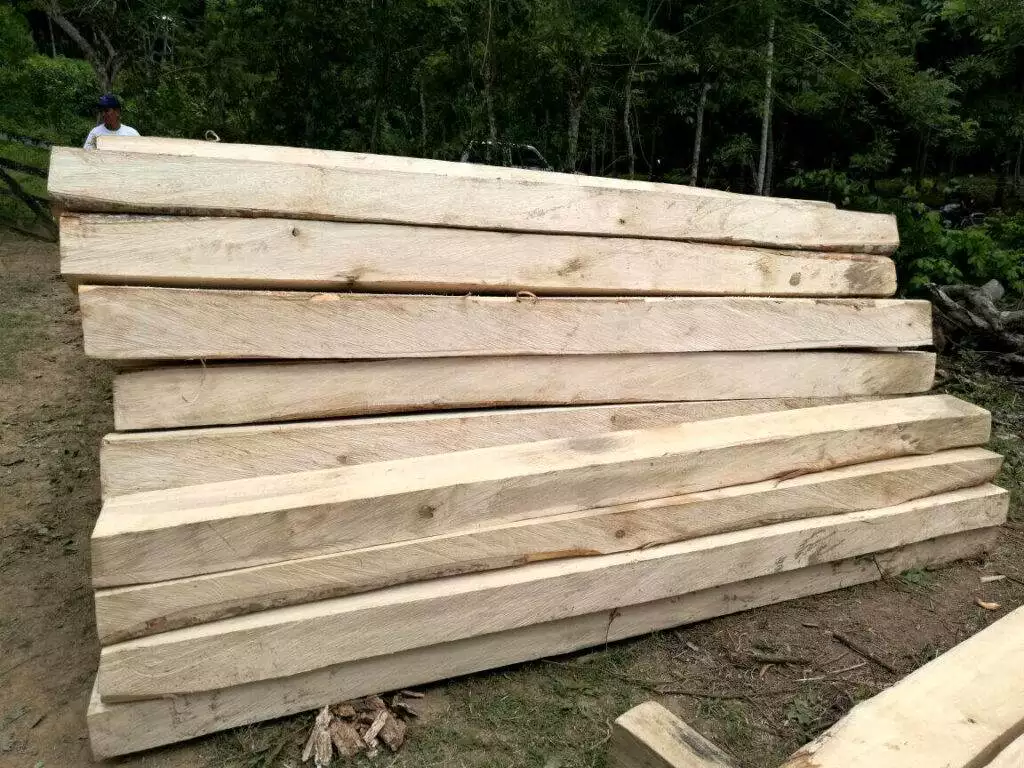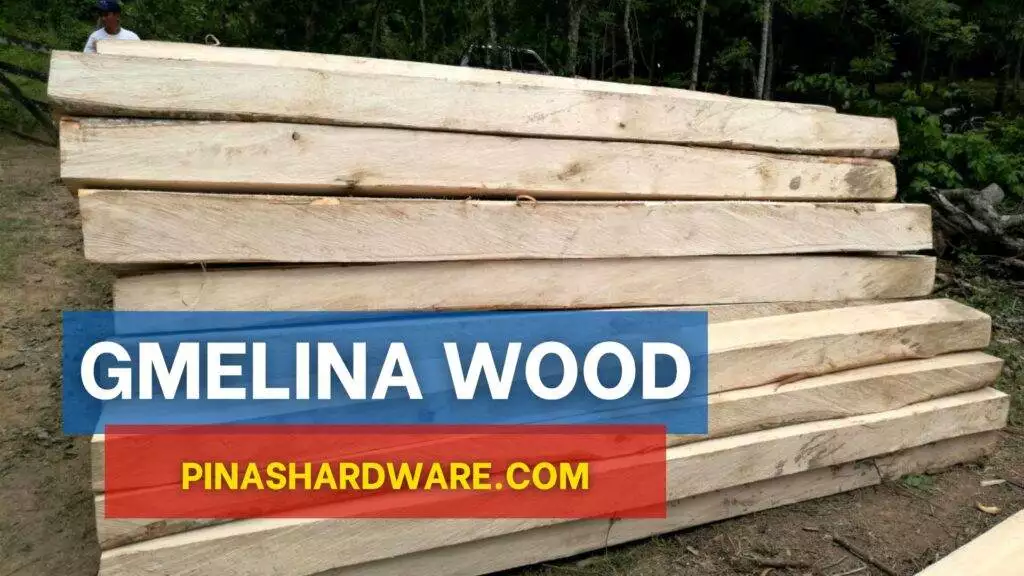Gmelina Wood is derived from the Gmelina arborea tree which is a tropical hardwood commonly found in Southeast Asia, including countries like India, Indonesia, Malaysia, and the Philippines. This fast-growing tree is part of the Lamiaceae family and is highly valued for its versatile applications in woodworking and construction. While Gmelina wood offers advantages in terms of rapid growth and versatility, its usage is influenced by factors such as its moderate durability and susceptibility to decay.
Gmelina Wood Prices
Gmelina wood prices vary depending on the size, on average, its price starts at ₱65.00 and goes up to ₱80.00.
| Size (ft) | Price |
| 2” x 6” x 6’ | ₱80.00 |
| 2” x 6” x 8’ | ₱75.00 |
| 6” x 6” x 7’ | ₱65.00 |
| 6” x 6” x 5’ | ₱65.00 |

Advantages Gmelina Wood
Rapid Growth – Gmelina Arborea is known for its fast growth which makes it a sustainable and renewable source of timber that has minimal environmental impact.
Versatility – The versatility of Gmelina wood makes it usable in a variety of industries such as furniture, construction, and wood crafting.
Lightweight – The Gmelina wood is relatively lightweight which makes it easy to work with and suitable for applications where weight is considered to be a critical factor.
Variety of Finishes – Gmelina wood is known to accept a variety of finishes such as stains, varnishes, and paints which gives way to more customization in terms of its appearance.
Straight Grain – Gmelina wood typically exhibits a straight grain which also contributes to its ease of machining and finishing.
Economic Value and Accessibility – The fast growth and versatility of Gmelina wood make it economically valuable for timber production and woodworking industries. In addition, Gmelina wood is widely available in regions where the tree is cultivated, contributing to its accessibility for various applications.
Disadvantages of Gmelina Wood
Moderate Durability – Gmelina wood has only moderate durability and is not highly resistant to decay or insect attacks, so proper treatment is often required for both outdoor applications.
Susceptibility to Decay – If not adequately protected, Gmelina wood can be susceptible to decay when exposed to moisture and environmental elements.
Limited Hardness – Gmelina wood is not as hard as some other hardwoods, making it less suitable for applications that require high resistance to wear and impact.
Not Highly Resistant to Termites – While it shows some resistance to termites, Gmelina wood is not highly resistant, and preventive measures are necessary, especially in areas prone to termite infestation.
FAQs
Is Gmelina wood good quality?
Although Gmelina wood is classified as susceptible to termite and marine borer and moderately durable, it has good gluing properties and is very stable.
Is Gmelina wood termite resistant?
Research indicates that Gmelina wood is not naturally resistant to termites.
Gmelina wood as hardwood or as softwood?
Gmelina arborea is categorized as a rapidly growing hardwood species.
What is Gmelina wood used for?
Gmelina wood is commonly used in various applications such as pulp, plywood, light construction materials, interior accessories, household furniture, crafts, and souvenirs.
Which is better Mahogany or Gmelina wood?
Gmelina is the preferred choice for most in-house building applications due to its strength and resistance to breakage, in addition, unlike the mahogany lumber, Gmelina is not prone to pests, particularly bokbok.

